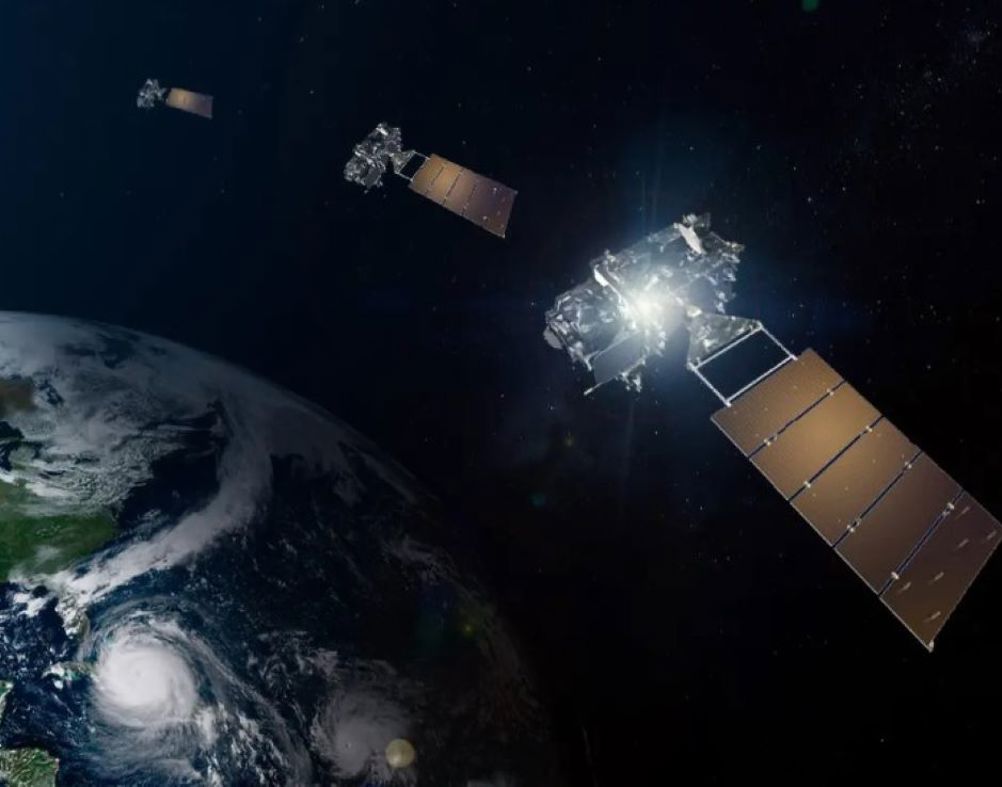
With the selection, BAE Systems is now contracted to build all three hyperspectral instruments for the mission, including OCX, the GeoXO Sounder (GXS), and the Atmospheric Composition Instrument (ACX).
BAE Systems is leveraging modular designs and its extensive experience managing multiple instrument programs to drive efficiencies and deliver value for the nation across the OCX, GXS, and ACX programs.
GeoXO is a constellation developed to broaden and improve on observations made by NOAA’s current Geostationary Operational Environmental Satellites-R series (GOES-R) of weather satellites. The constellation is set to launch in the early 2030s, as GOES-R nears the end of its planned mission, and will continue operating through 2055.
The BAE Systems-developed OCX instrument is a hyperspectral imager that will make high-spatial resolution observations of the Great Lakes and wide swaths of the U.S. Exclusive Economic Zone (EEZ), a massive four million square feet of ocean expanding about 200 miles off American coastal regions.
By imaging ocean and lake environments across a spectrum of ultraviolet to near-infrared light, the instrument will provide the most comprehensive data ever collected on the region’s water quality, ocean biology and chemistry, ecosystem changes, and more. OCX will also provide more frequent observations than previous instruments, collecting complete surveys every two hours to reduce issues like cloud cover and allow scientists to monitor quickly changing conditions.
“OCX offers exciting new capabilities that will provide NOAA and other end users with novel insights into the dynamics of our aquatic ecosystems, allowing us to better monitor endangered species, track oil spills and harmful algal blooms, and protect key economic drivers like reef systems and fisheries,” said Dr. Alberto Conti, vice president and general manager of Civil Space for BAE Systems Space & Mission Systems. “This selection reinforces our commitment to advancing scientific endeavours that directly contribute to safeguarding public health and promoting environmental sustainability. The GeoXO instruments will provide decision-makers with invaluable data for informed policy formulation and proactive measures to address pressing global challenges, and BAE Systems takes great pride in our pivotal role in this mission.”
In addition to OCX, BAE Systems is building GXS and ACX instruments for the mission. GXS will provide real-time data on the vertical distribution of atmospheric moisture, winds, and temperature to improve weather prediction models and short-term severe weather forecasting. ACX will take hourly, daytime air quality measurements to improve air quality forecasts and characterise the scale and movement of emissions such as aerosol particles, nitrogen dioxide, formaldehyde, glyoxal, sulphur dioxide and ozone.
GeoXO is expected to begin operations in the early 2030s and continue operating through 2055.
If you would like to work on boundary-breaking projects like this one, explore our engineering opportunities here: BAE Systems (theengineer.co.uk)










IET sounds warning on AI doll trend
I agree that we need to reduce cooling water demand for servers. And yes, generative AI consumes a large amount. But what about BitCoins? Their...